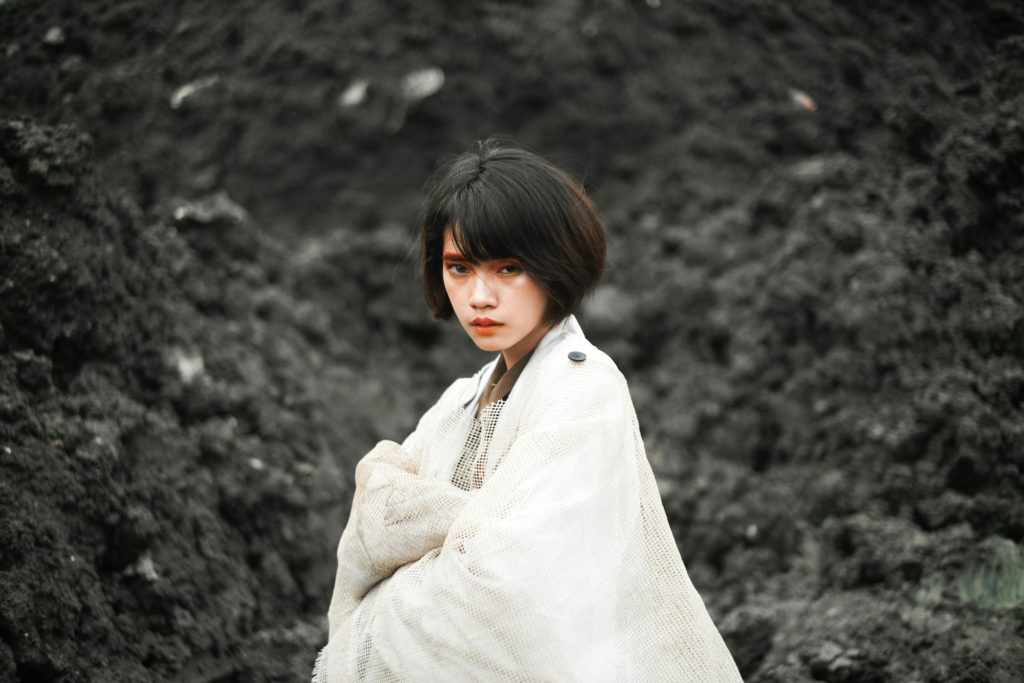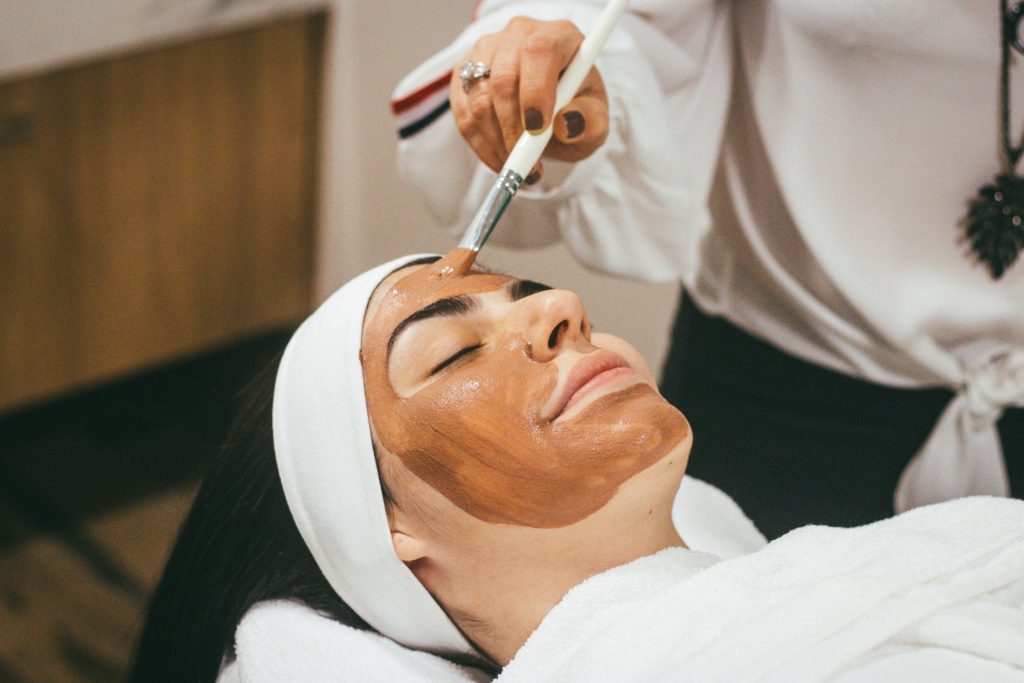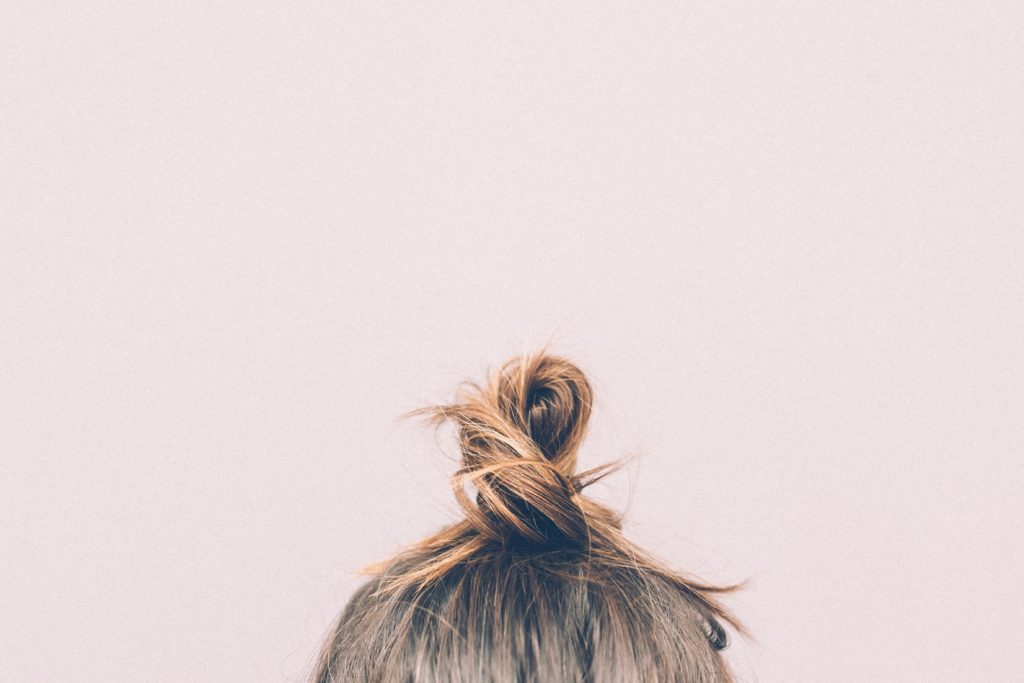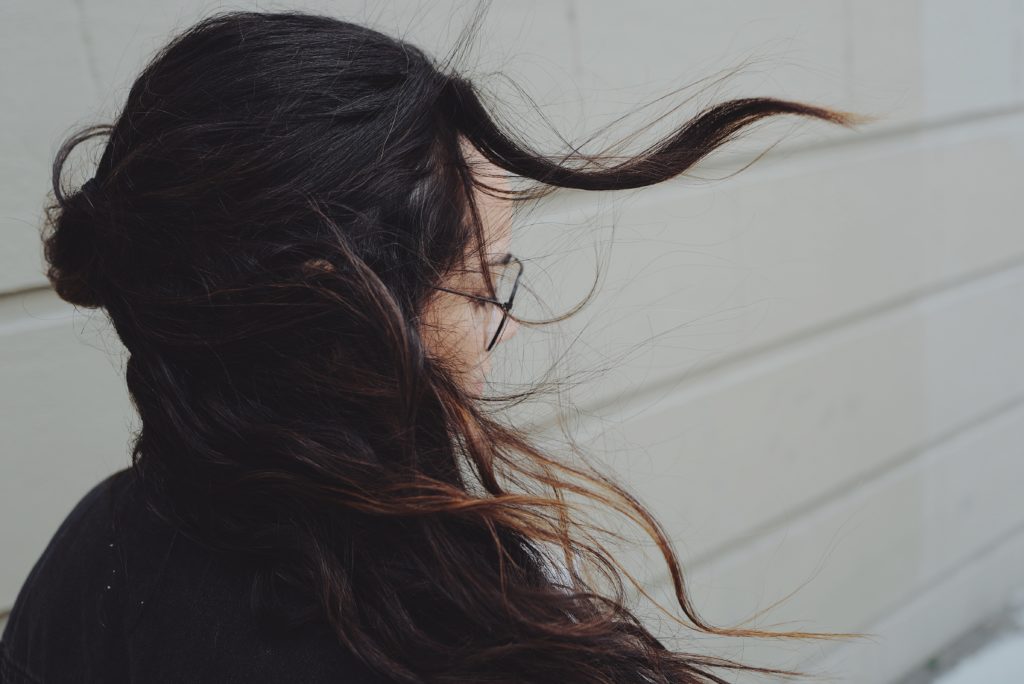In the world of science fiction and fantasy literature, beauty is often depicted as a powerful force, capable of both enchanting and transforming. From ancient spells and elixirs to advanced technologies and futuristic enhancements, authors have long explored the concept of beauty through the lens of imagination and creativity.
In this article, we’ll embark on a journey through the pages of sci-fi and fantasy literature, delving into the captivating beauty rituals that populate these fantastical worlds.
The Enchantment of Magical Beauty Rituals
In many fantasy worlds, magic and beauty are intertwined, with mystical rituals and enchanted potions offering characters the promise of eternal youth, radiant skin, and otherworldly allure.
From the ancient art of potion-making in J.K. Rowling’s “Harry Potter” series to the transformative spells of fairy tales and folklore, beauty rituals in fantasy literature are often imbued with a sense of wonder and enchantment.
In J.R.R. Tolkien’s “The Lord of the Rings,” for example, the character of Galadriel is renowned for her ethereal beauty, which is said to be enhanced by the magical waters of her world.
Similarly, in Neil Gaiman’s “Stardust,” the character of the witch Lamia uses dark magic to maintain her youth and beauty, offering a stark contrast to the natural beauty of the protagonist, Yvaine, who shines with an inner radiance untouched by enchantment.
Futuristic Beauty Technologies and Enhancements
In the world of science fiction, beauty takes on a more futuristic guise, with advanced technologies and cybernetic enhancements offering characters the ability to sculpt their appearance in ways previously unimaginable.
From genetic engineering and body modification to virtual reality simulations and holographic projections, sci-fi literature explores the boundaries of beauty and identity in a world where reality is often shaped by the whims of technology.
In Margaret Atwood’s “The Handmaid’s Tale,” for instance, the oppressive society of Gilead imposes strict standards of beauty and conformity on its female citizens, who are subjected to cosmetic surgery and genetic manipulation in the name of societal perfection.
Similarly, in William Gibson’s “Neuromancer,” characters navigate a world where virtual reality overlays and cybernetic enhancements blur the lines between physical and digital beauty, offering a glimpse into a future where the boundaries of identity are fluid and ever-shifting.
The Symbolism of Beauty Rituals in Literature
Beyond their narrative function, beauty rituals in literature often serve as potent symbols, reflecting deeper themes of identity, power, and desire. In many fantasy and sci-fi works, characters undergo physical transformations as they embark on journeys of self-discovery and empowerment, using beauty rituals as a means of asserting control over their bodies and destinies.
In Suzanne Collins’ “The Hunger Games” series, for example, the character of Katniss Everdeen undergoes a dramatic transformation as she prepares to compete in the deadly arena, using beauty rituals such as hairstyling and makeup to project an image of strength and defiance in the face of adversity.
Similarly, in Ursula K. Le Guin’s “The Left Hand of Darkness,” the character of Estraven undergoes a symbolic transformation as they navigate the treacherous landscape of Gethen, using clothing and grooming rituals to negotiate their shifting gender identity and social status.
The Allure of Beauty Rituals in Fantasy and Sci-Fi
What is it about beauty rituals in fantasy and sci-fi literature that continues to captivate readers’ imaginations? Perhaps it’s the sense of escapism and wonder that these rituals evoke, offering readers a tantalizing glimpse into worlds where magic and technology hold sway over the laws of nature.
Or maybe it’s the opportunity to explore complex themes of identity, power, and desire through the lens of fantastical beauty practices, providing a fresh perspective on timeless questions of human nature and society.
Whatever the reason, beauty rituals in sci-fi and fantasy literature continue to enchant and inspire readers, inviting them to embark on journeys of imagination and discovery where anything is possible. Whether it’s the allure of ancient spells and enchanted potions or the promise of futuristic technologies and cybernetic enhancements, beauty rituals in literature offer a tantalizing glimpse into worlds where the boundaries of reality are limited only by the bounds of imagination.
Conclusion
Beauty rituals in sci-fi and fantasy literature offer readers a captivating glimpse into worlds where magic and technology intersect, and where the boundaries of reality are limited only by the bounds of imagination. From ancient spells and enchanted potions to futuristic technologies and cybernetic enhancements, these rituals serve as potent symbols of identity, power, and desire, inviting readers to explore themes of beauty and transformation in new and unexpected ways.
FAQs
Q1: Are beauty rituals in sci-fi and fantasy literature based on real-world practices?
Some beauty rituals in sci-fi and fantasy literature may be inspired by real-world practices, folklore, and mythology, while others are purely the product of authors’ imaginations. However, the themes of identity, power, and desire explored through these rituals often resonate with real-world concerns and experiences.
Q2: Do beauty rituals in literature reflect societal norms and expectations?
Beauty rituals in literature often reflect societal norms and expectations surrounding beauty, gender, and identity, offering readers a lens through which to explore these complex and often contentious issues. However, authors may also use beauty rituals to challenge and subvert these norms, offering fresh perspectives on traditional concepts of beauty and self-expression.
Q3: How do beauty rituals in literature contribute to character development?
Beauty rituals in literature can contribute to character development by providing insights into characters’ personalities, motivations, and desires. Whether it’s a character using beauty rituals to project a certain image or to assert control over their body and identity, these rituals offer readers valuable clues to understanding their inner worlds and motivations.
Q4: Are beauty rituals in literature limited to physical appearance?
While beauty rituals in literature often focus on physical appearance, they can also encompass broader themes of self-expression, empowerment, and transformation. Characters may use beauty rituals to assert control over their bodies and identities, challenge societal norms, or navigate complex social dynamics, offering readers a multifaceted exploration of beauty and identity.
Q5: How do beauty rituals in literature reflect cultural and historical contexts?
Beauty rituals in literature are often influenced by cultural and historical contexts, drawing on traditions, folklore, and mythology from around the world. Whether it’s the enchanted potions of fairy tales and folklore or the futuristic technologies of sci-fi dystopias, these rituals reflect the diverse cultural and historical influences that shape our perceptions of beauty and identity.



